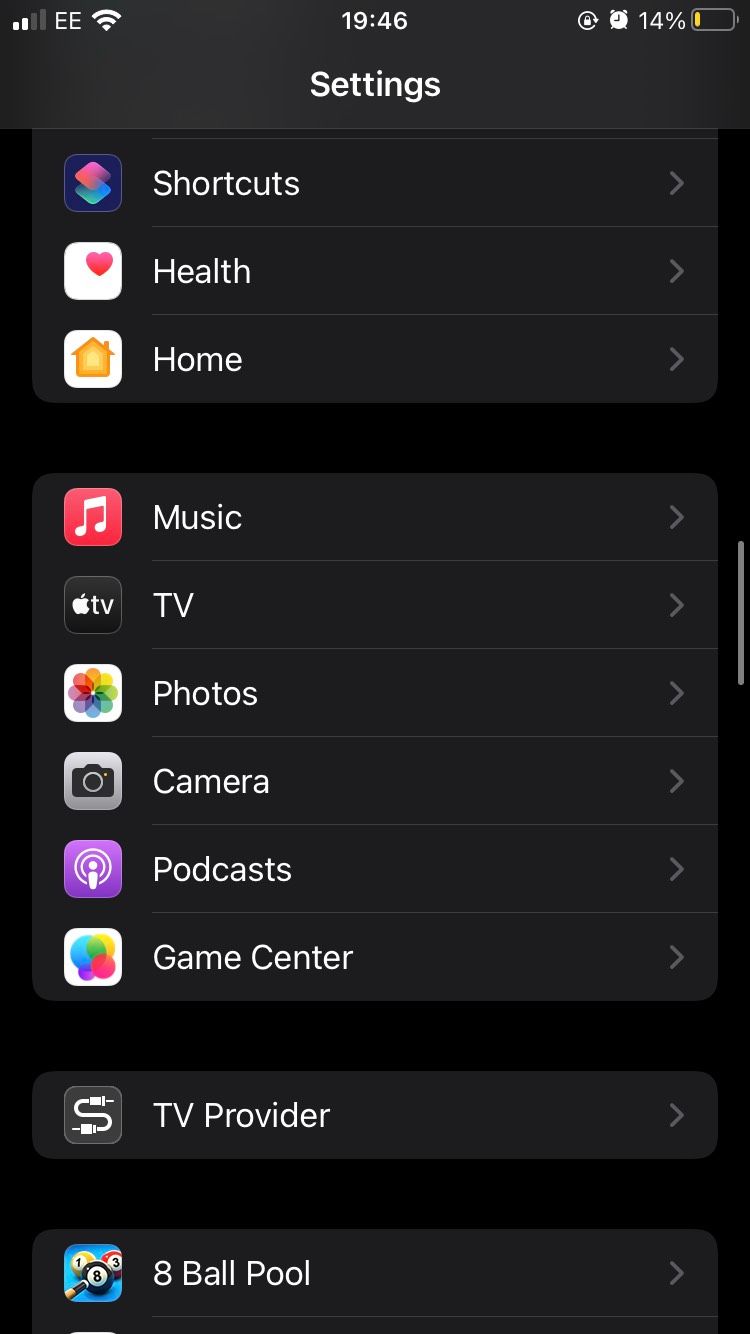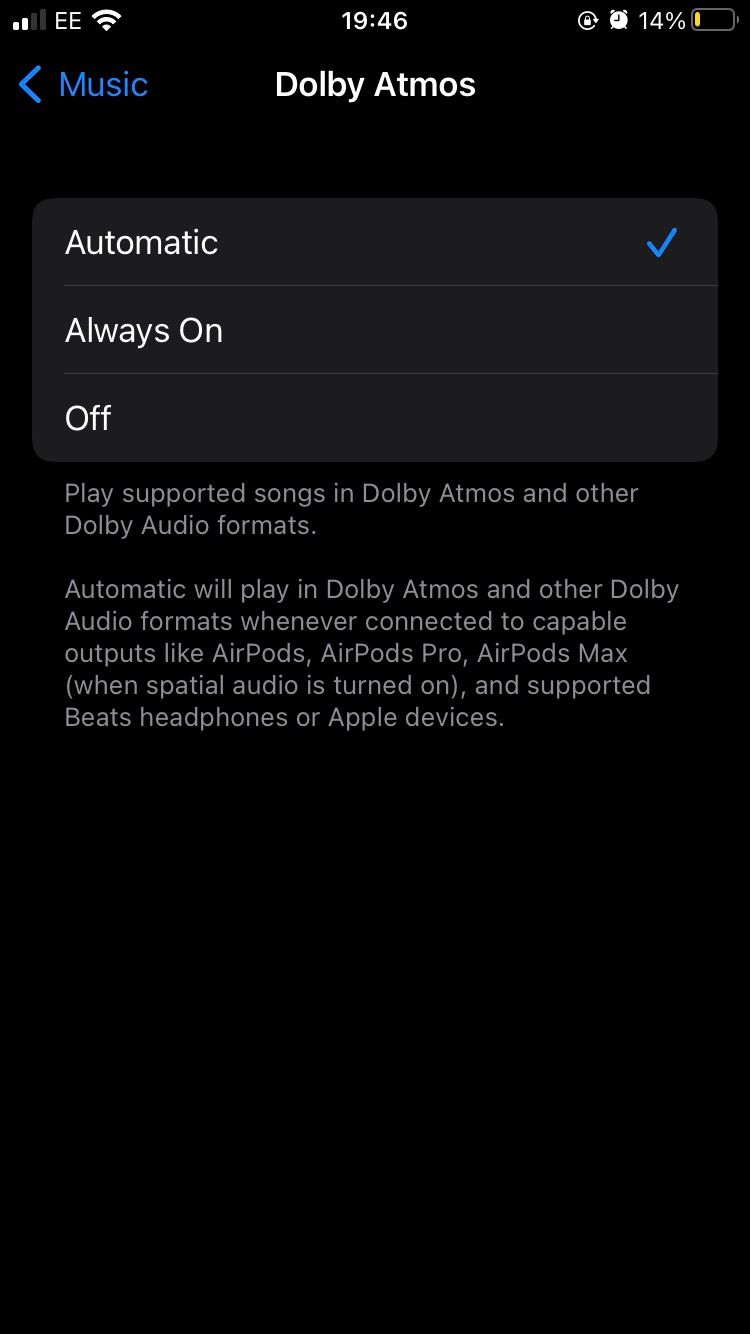Like what HD did for television, Apple hopes spatial audio will do the same for music. Spatial audio turns regular music into the same 3D experience delivered in cinemas, where sound seems to come from all angles.
To get the most out of your subscription, you'll want to understand what spatial audio is, how to use it with Apple Music, and how spatial audio is changing the music industry.
What Is Spatial Audio?
The point of spatial audio is to make the music sound like it's coming from all angles instead of just your left and right ears. To do this, spatial audio uses directional filtering to adjust the frequencies of the sound you're hearing.
This helps create a false reality where the sound comes from in front of you, behind you, and from all sides. This same experience is created with surround sound, where multiple speakers are placed around you.
With spatial audio, you only need a pair of headphones to recreate the same audio landscape. Theaters use this method to put you inside the movie and make you feel like you are part of the experience.
The technology isn't new; Dolby Atmos has been using this in its headphones for quite some time. Sony also implemented spatial audio into its PS5 3D Audio. You can also enable spatial sound on Windows 10.
Apple even uses this concept for all movies and TV shows on its Apple TV service, but the release of spatial audio for Apple Music is changing the music industry.
How Apple Music Uses Spatial Audio
Apple Music is trying to differentiate itself from the competition through its innovative use of accelerometers and gyroscopes.
Instead of using spatial audio in the same way as Dolby or Sony, Apple has created a way for the device to track your head movements. Any time you move your head while listening to the audio, it will adjust the sound accordingly.
If you turn your head while listening to regular music with headphones, the sound will continually play, and there will be no audio difference.
With Apple Music, the sound stays anchored to your device. If you move your head away, the music will get fainter or change directions.
Apple has released spatial audio with Dolby Atmos for all of Apple Music. However, that doesn't mean that all the music on the platform will be compatible with spatial audio.
That's because the artist would need to record their music using spatial audio before Apple can implement it on Apple Music. Nevertheless, tracks are consistently uploaded to Apple Music with Dolby Atmos functionality.
How to Use Spatial Audio on Apple Music
You don't need to do anything extra to enjoy spatial audio on Apple Music; the feature is enabled by default for the right devices with the right update.
All Apple users who have iOS 14.6 or later will have access, provided you are listening on a supported device, as detailed on Apple's support page.
For example, all updated AirPods Pro and AirPods Pro Max support spatial audio. The AirPods are perfect to use when listening to Apple Music to ensure you have spatial audio enabled.
If you aren't sure if your spatial audio is enabled, follow the instructions below on your iPhone/iPad:
- Go to Settings.
- Select Music.
- Select Dolby Atmos.
- Choose between Automatic or Always On.



On Mac, the process is similar:
- Open Apple Music.
- In the menu bar, go to Music > Preferences.
- Click the Playback tab.
- Choose Automatic or Always On.
If you select automatic, your music will play with spatial audio if Apple recognizes the right devices.
What Does Spatial Audio Mean for Streaming?
With the inclusion of spatial audio for Apple Music, the rest of the streaming industry has to take notice. You can watch Netflix shows with spatial audio, showing that the industry is pushing to have spatial audio as the standard.
Apple is positioning the change as the future of music for its ability to recreate cinema-type experiences. Whether other platforms are planning on releasing anything similar has yet to be confirmed, but if they aren't, they run the chance of getting left behind.
There is no debate that the new spatial audio sound is a huge improvement to the audio quality of music. This impact will long-term affect the industry and how our audio experiences are curated.
For now, getting a taste of what spatial audio holds gives you a better idea of what the future of music sounds like.
Apple’s Spatial Audio Really Does Change Music
Apple's spatial audio allows you to experience music in 3D while sounds come from all directions, instead of just in one ear and out the other. Although this technology isn't brand new, Apple continues to innovate how the tech is used.
If you don't have Apple Music yet, there are some ways you can get it for free, including signing up for a free trial.



